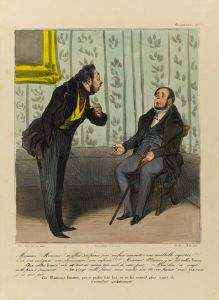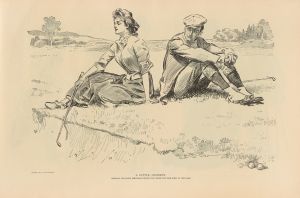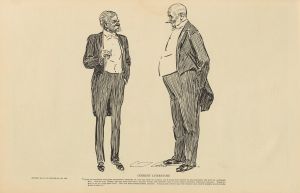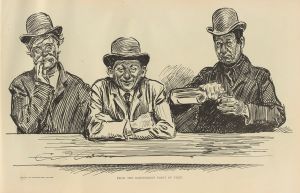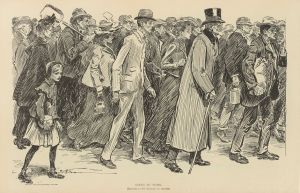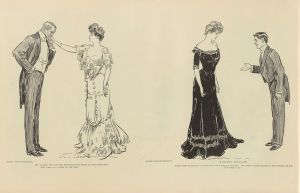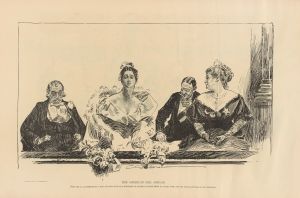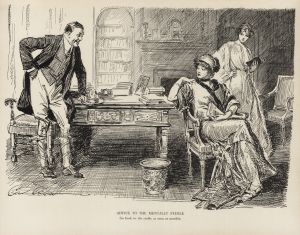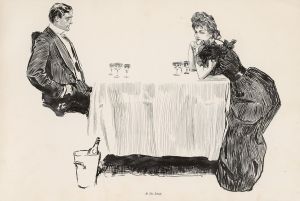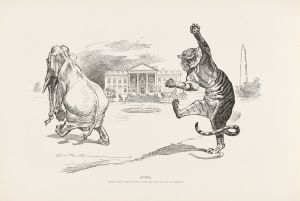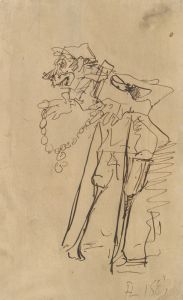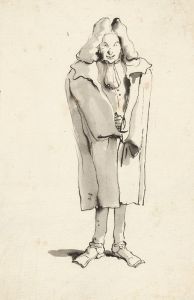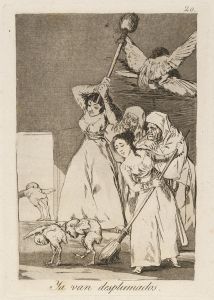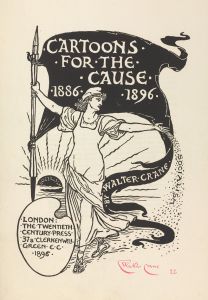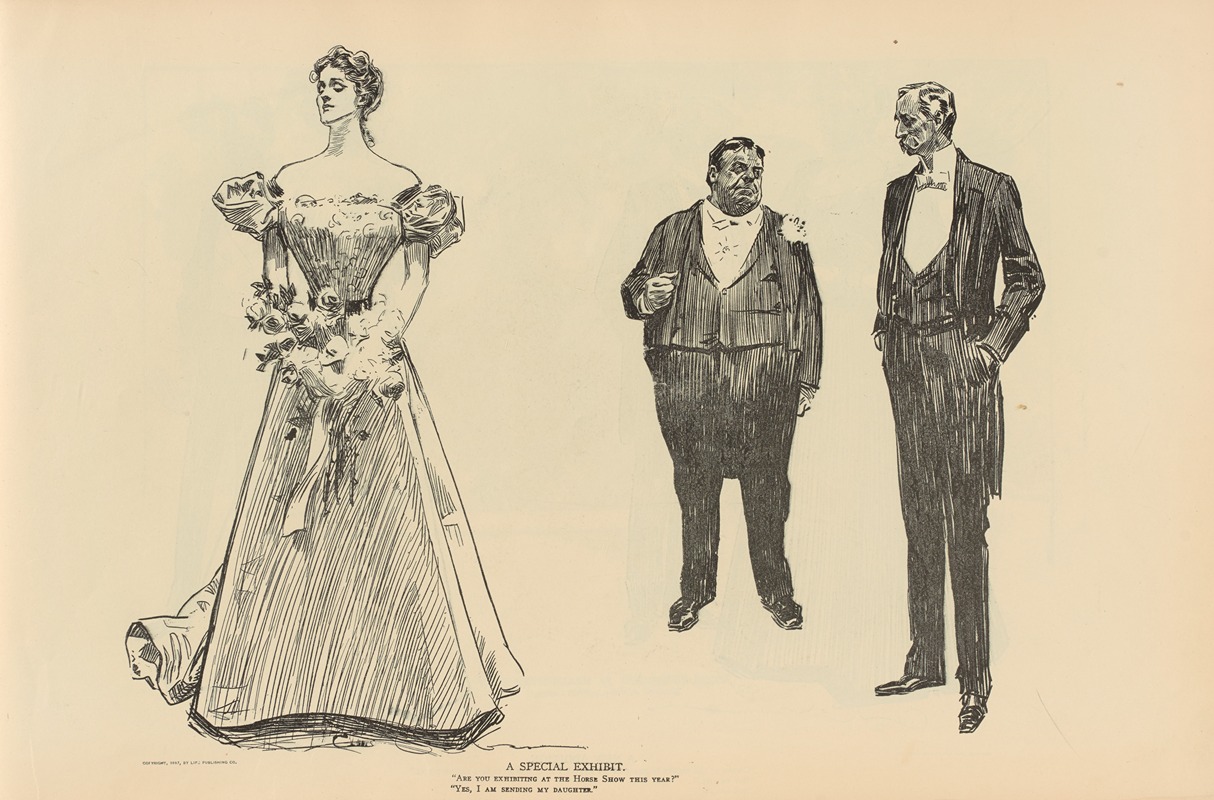
A special exhibit
A hand-painted replica of Charles Dana Gibson’s masterpiece A special exhibit, meticulously crafted by professional artists to capture the true essence of the original. Each piece is created with museum-quality canvas and rare mineral pigments, carefully painted by experienced artists with delicate brushstrokes and rich, layered colors to perfectly recreate the texture of the original artwork. Unlike machine-printed reproductions, this hand-painted version brings the painting to life, infused with the artist’s emotions and skill in every stroke. Whether for personal collection or home decoration, it instantly elevates the artistic atmosphere of any space.
Charles Dana Gibson was an influential American illustrator best known for his creation of the "Gibson Girl," a representation of the idealized American woman at the turn of the 20th century. While there is no specific painting titled "A Special Exhibit by Charles Dana Gibson," it is possible that this refers to an exhibition showcasing his works. Gibson's illustrations were widely published in magazines such as Life, Harper's Weekly, and Scribner's, and they played a significant role in shaping American culture and fashion during his time.
Gibson was born on September 14, 1867, in Roxbury, Massachusetts. He studied at the Art Students League in New York City, where he honed his skills in drawing and illustration. His career took off in the 1890s when his illustrations began to appear in popular magazines. The "Gibson Girl" became a cultural icon, embodying the independent and confident woman of the era. She was characterized by her tall, slender figure, fashionable attire, and an air of self-assuredness. The Gibson Girl was often depicted engaging in various activities, from sports to social gatherings, reflecting the changing roles of women in society.
Gibson's work was not limited to the Gibson Girl; he also illustrated men and social scenes, capturing the essence of American life during the late 19th and early 20th centuries. His illustrations were known for their detailed line work and expressive characters, which conveyed a sense of humor and social commentary. Gibson's ability to capture the spirit of the times made him one of the most sought-after illustrators of his day.
In addition to his work as an illustrator, Gibson was involved in various artistic endeavors. He served as the president of the Society of Illustrators in New York and was a member of the National Academy of Design. His influence extended beyond illustration, as he was also a mentor to other artists and illustrators.
Gibson's legacy is evident in the continued recognition of the Gibson Girl as a symbol of early 20th-century American culture. His work remains an important part of the history of illustration and graphic art. Exhibitions of his work, whether titled "A Special Exhibit by Charles Dana Gibson" or otherwise, would typically showcase his contributions to art and culture, highlighting his impact on the portrayal of women and society in visual media.
Charles Dana Gibson passed away on December 23, 1944, in New York City, leaving behind a rich legacy of artistic achievement. His work continues to be celebrated for its artistic merit and cultural significance, offering insight into the social dynamics of his time.





